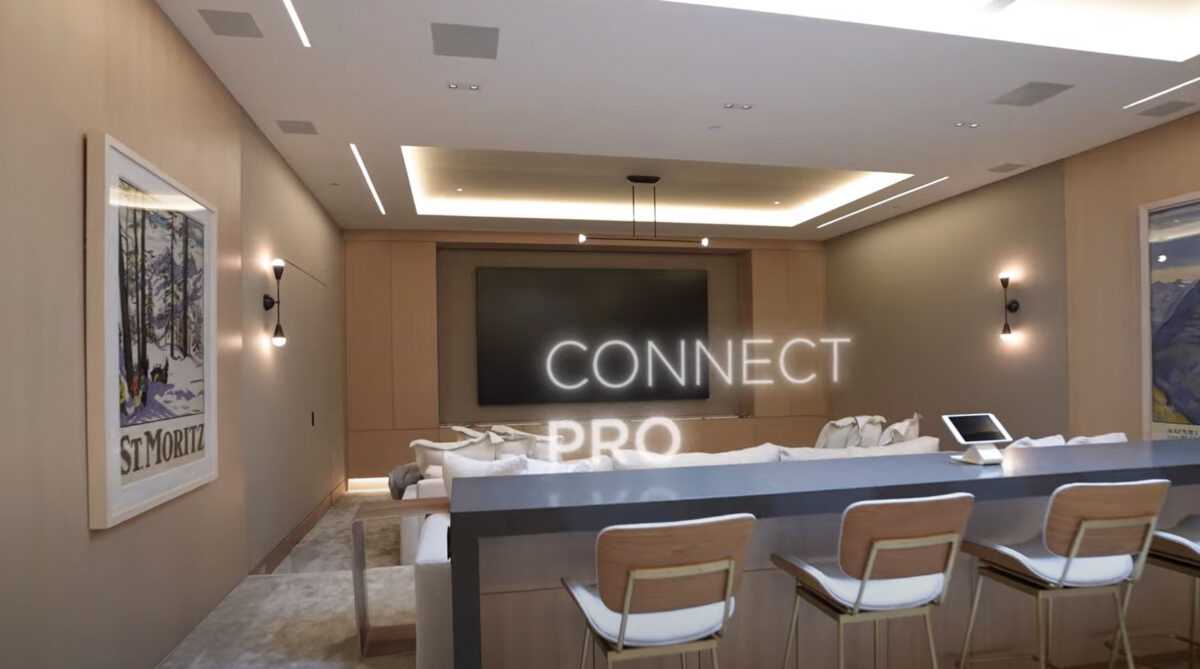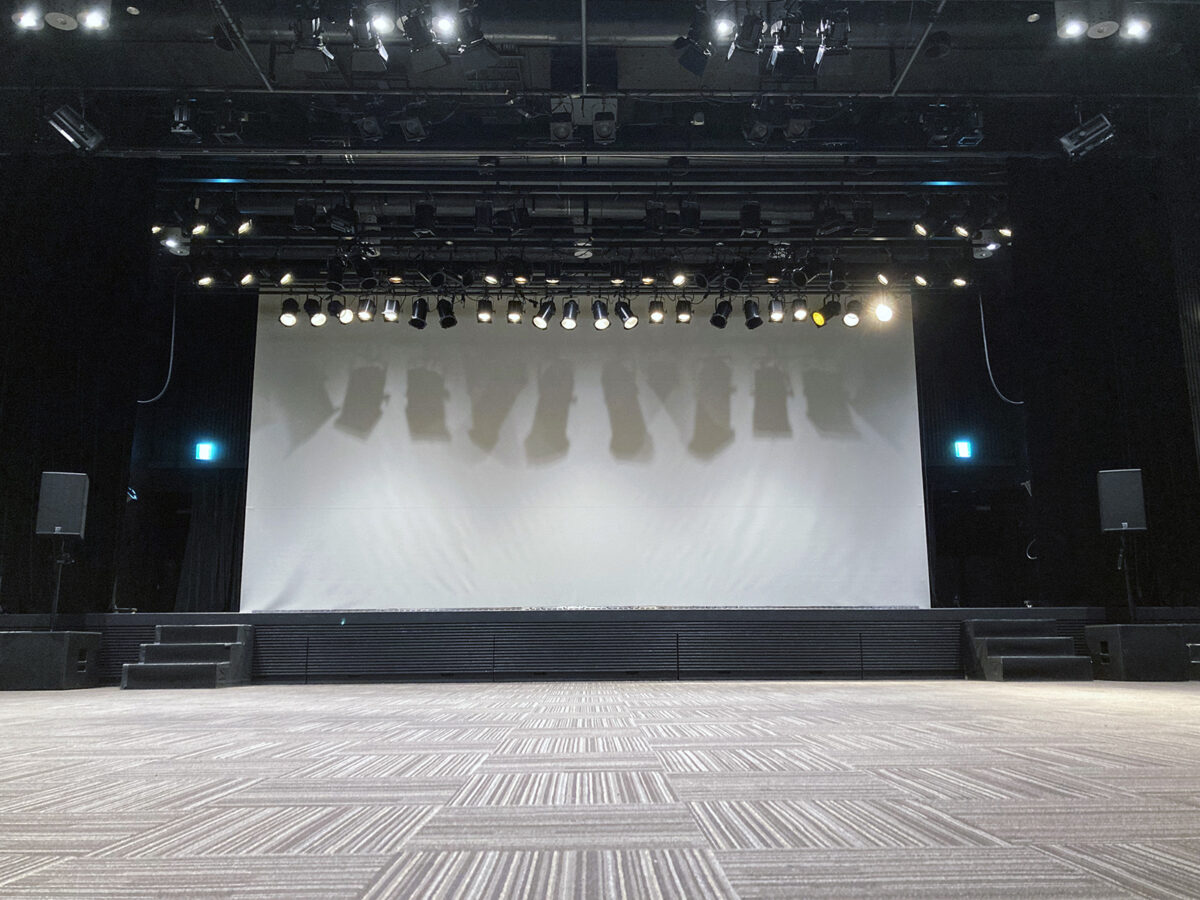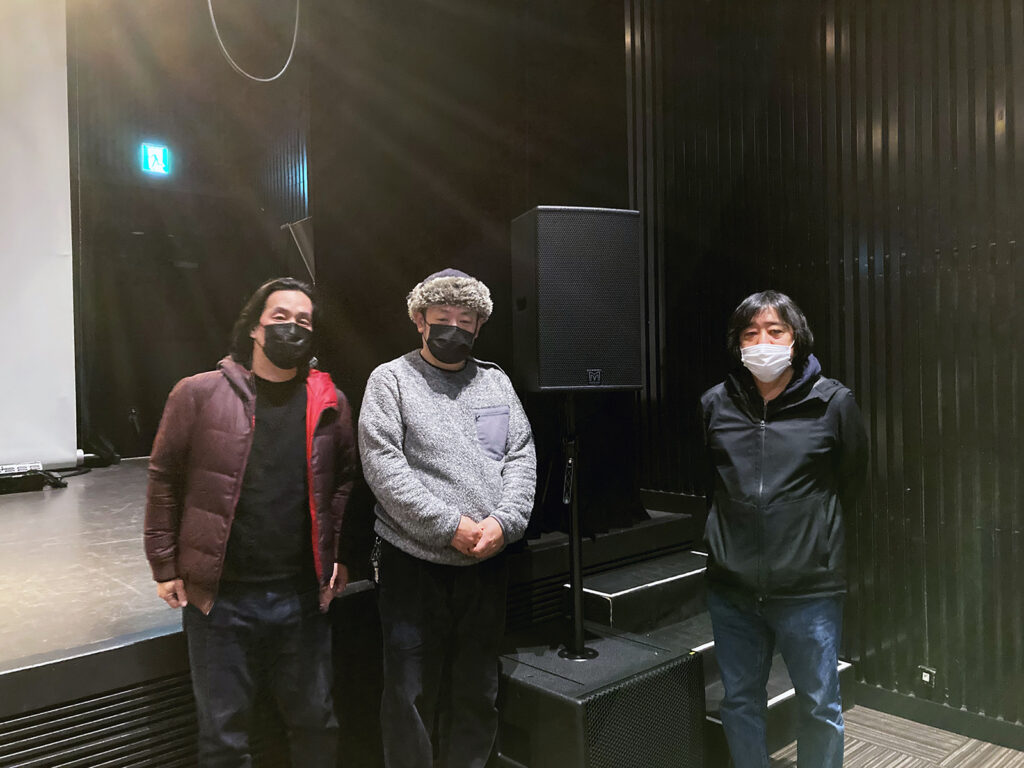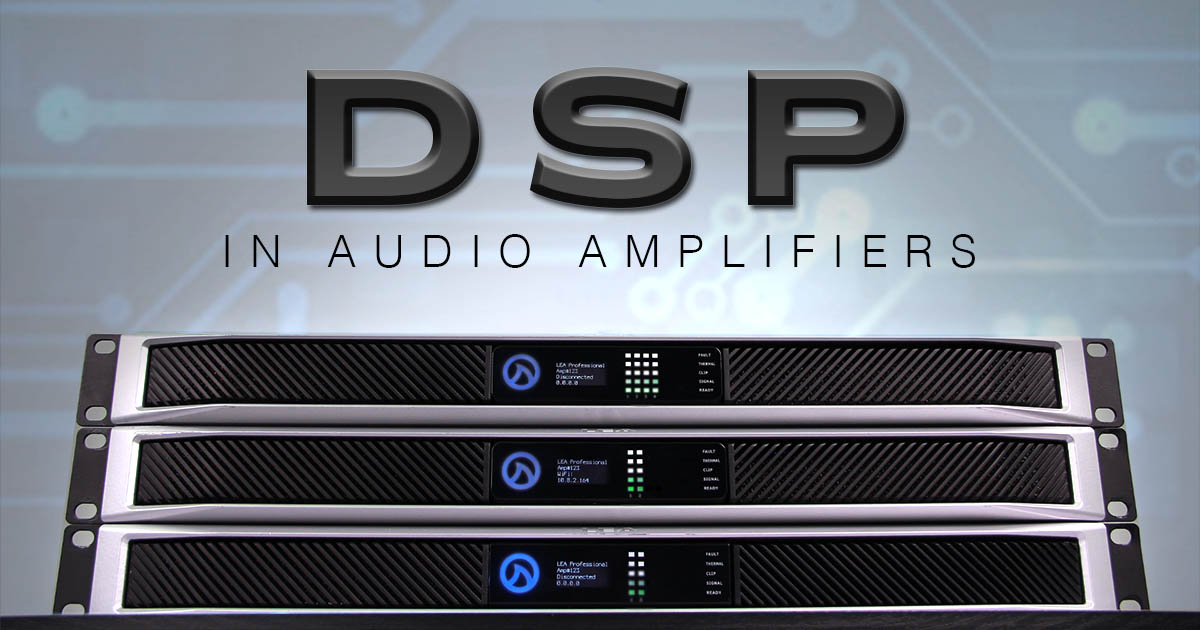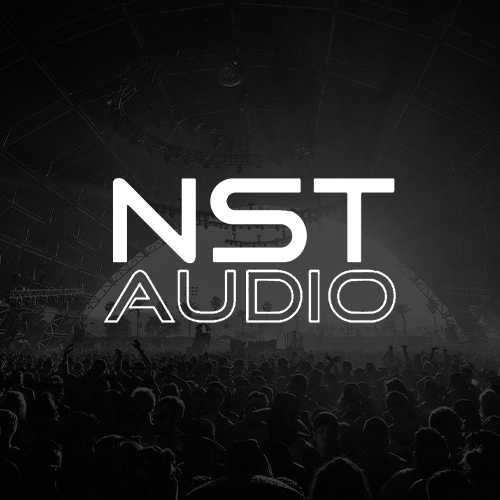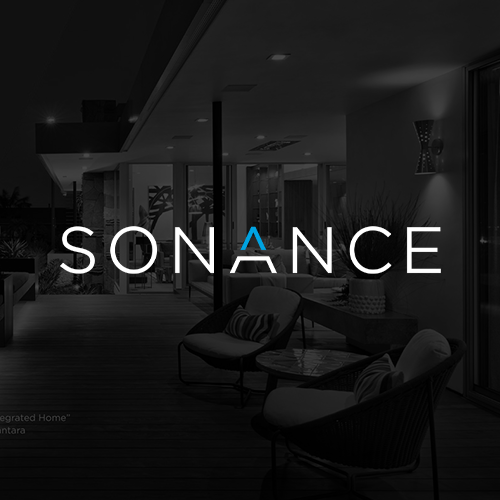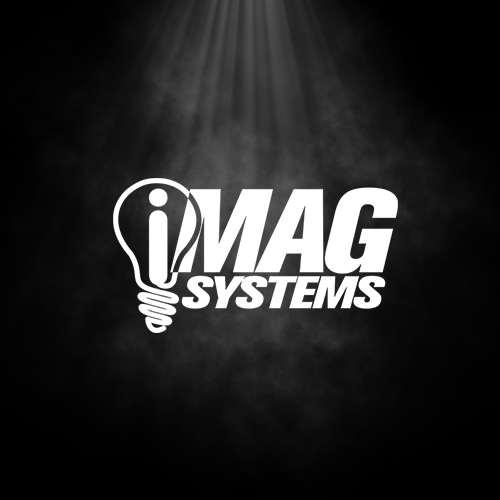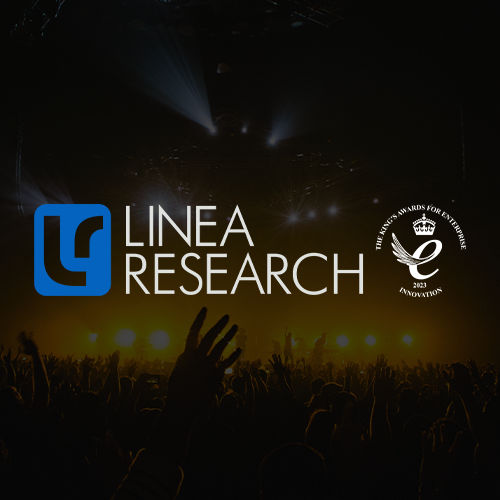Located in the Mumbai suburb of Bandra the Woodside Inn has received a substantial sound system upgrade, with integrators Zoodio Pro once again specifying a premium Martin Audio system.
The newly installed system comprises Martin Audio Blackline X10 for the main PA, supported by a Blackline X115 subwoofer which Zoodio owner, Dylan Hilton says offers tremendous output from a compact speaker. CDD6s have been added as infill for the rest of the dining area and the smoking zone.
Like all the Woodside Inn operations, the Bandra outlet specialises in craft beers and inventive cuisine in the true gastropub tradition. And since it is an all-day operation, they wanted ambient music to be broadcast during the day, with a livelier night time trade—playing retro, old-school rock and pop to crowds of up to 150. Provision has been made with BlacklineX for a small band to perform, and it will also be a perfect match for the DJ nights they plan to have in the future.
Setting out the reason for choosing BlacklineX as his preferred PA, Dylan states, “Since we have previously worked with Blackline X10s we were confident that this would again be a viable option. For the bottom end, we made use of a Blackline X115, as portability was the driving factor, and the owners didn’t want to sacrifice any space.
THE SYSTEM JUST SOUNDS AMAZING.
“In the seating area,” he continued, “our primary focus was for vocal clarity, even at lower volume levels, while still managing to capture the evening vibe. CDDs seemed to be the best option for this.”
As for the source feed, a digital jukebox plays throughout the day.
Since setting up in 2007, Woodside Inn Restaurant, Mumbai has become a leading player in the city’s gastropub restaurant sector.
Zoodio were first approached by Neighbourhood Hospitality—owners of the Woodside Inn bar / diner—back in 2011. “They needed a new sound system for their outlet in Andheri, and we recommended Martin Audio’s AQ8’s,” continues Dylan.
“The response they received from the crowd back then, and the reliability the system provided, then helped us win more of their projects. We upgraded the system in another project at Woodside Inn Colaba, Mumbai, as well as the new Woodside Inn in Lower Parel. Martin Audio became the ‘go to’ brand for them.”
The Bandra unit now continues the proud tradition. Having now installed the Upper Level with Martin Audio, Zoodio are working on getting the lower level upgraded to the same brand.
Suffice it to say, the client is more than satisfied with the result. According to general manager, Dolphy Sequeira, “The system just sounds amazing, and we are really happy with the vocal clarity and the confidence the providers have given in terms of reliability.” He also added that guests have been enquiring about the speaker brand.
“The brand has helped us secure a highly positive response in all our places—right from the initial project at Andheri, Mumbai.”
They are now keen to standardise on Martin Audio as their exclusive loudspeaker brand.


